What does it mean for a product to have the animal welfare stamp?
The animal welfare certification, based on the European Welfare Quality standards, provides a guarantee to consumers of a product’s excellence and quality.
how to shop
Share
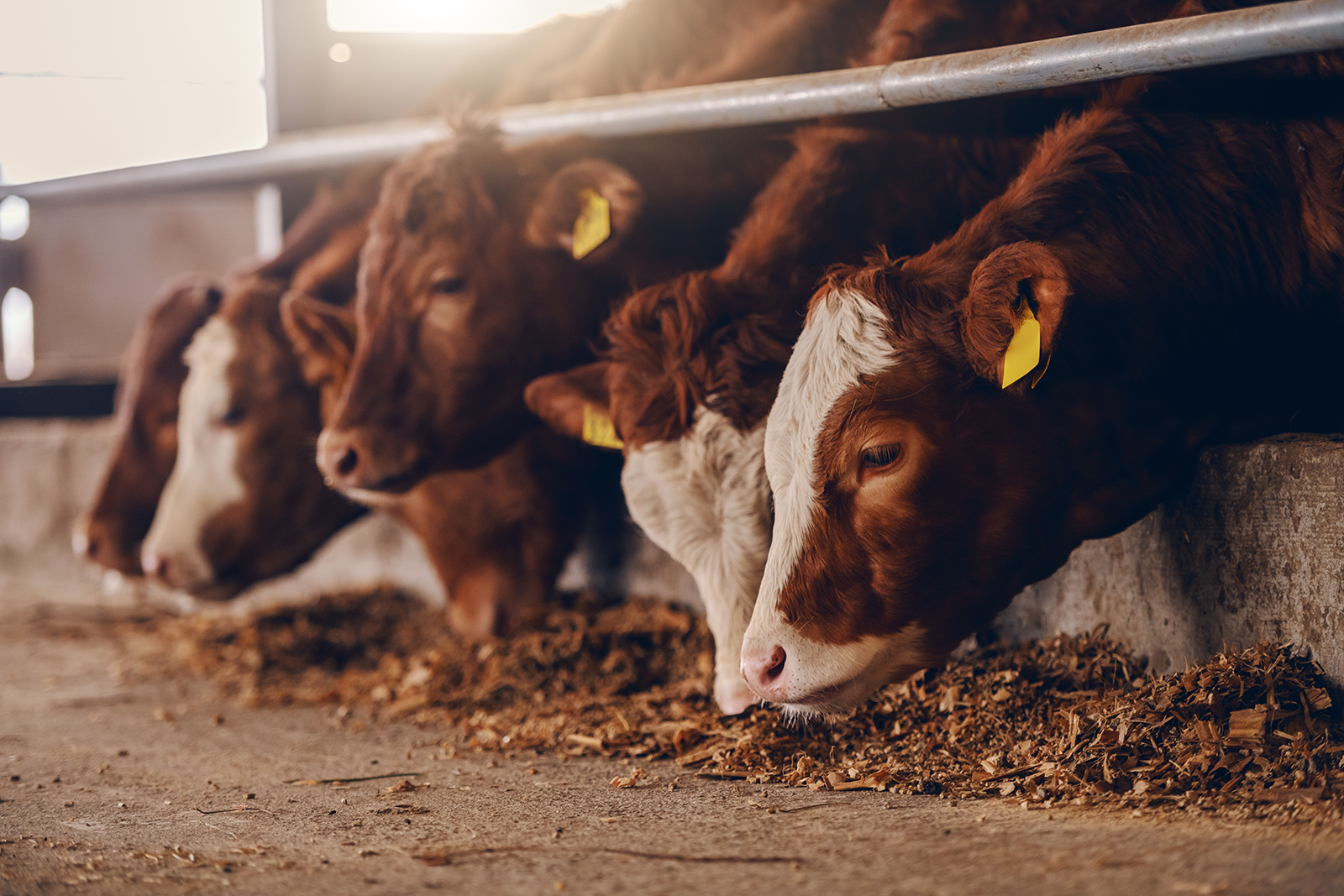
In recent times, society’s interest in knowing about the living, breeding and slaughter conditions of the animals it consumes, or their derivatives, has increased. In fact, there are an increasing number of products that have a stamp of this type on their packaging.
It is no longer enough to know the origin of what we eat, we want to know more: about the feed, environment and, ultimately, ensure that the animals have been bred in dignified conditions. Offering clear, rigorous and proven information reflects a commitment to society.
But, what exactly does this type of certification consist of? How are they achieved?
AENOR ANIMAL WELFARE
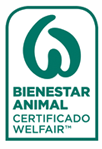
The animal welfare certification from AENOR is based on the European Welfare Quality Standards which, in addition to the aspects related to feed and care, takes into account aspects such as emotional well-being or absence of pain. Its four fundamental pillars are:
- Feed: the animals’ diet is analysed, which should be balanced and in the required quantities, as well as the visual condition to check that they do not suffer from malnutrition or other associated problems.Checks are also made to ensure animals always have access to water and that they receive the necessary supplements according to their diet.
- Accommodation: it is important for animals to have cool areas where they can protect themselves if temperatures are high, as well as dry areas with heating in cold months, and that they can also move freely around the accommodation. The cleanliness of the animal and whether it has a suitable rest area is also assessed.
- Health: assessments are made to check the animals are healthy and what health controls are carried out, as well as whether the vet visits the farm regularly, whether there are preventive health guidelines or whether they attend quickly when there are problems. The mortality rate or the absence of painful practices (such as cutting of tails or antlers) for animals at the farm are also checked.
- Treatment: the absence of abuse is also checked, for example, observing the distance that cows, sheep, pigs, etc. retreat in the presence of humans. In the case of herds, observations are made as to whether they stay together or if there are any excluded or marginalised members.
According to AENOR, each animal species is assessed in accordance with the specific Welfare Quality and AWIN® protocols for that animal by authorised and qualified auditors. After the thorough assessment, a score is obtained that will provide the level of the audited establishment. In the event of exceeding the minimum level set for each case and, starting at all times from compliance with the applicable legal requirements, the establishment in question will obtain the certification. This certification guarantees an exhaustive audit at all stages of production and the maximum information and transparency to the consumer.
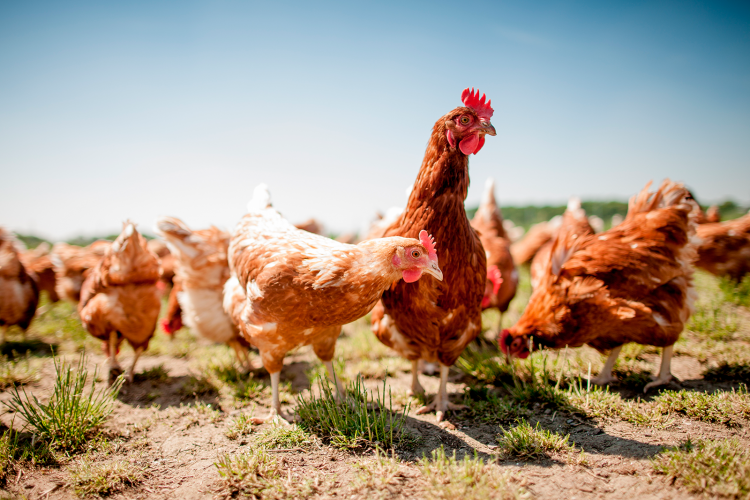
ANIMAL WELFARE COMMUNITY STAMP
In Europe, there is still no common European stamp that certifies the animal welfare processes of the entire food chain. Some countries such as Germany, Denmark or the Netherlands are already implementing a labelling system, similar to that of eggs, which identifies the quality of meat, mainly pork.
Whilst this is launched, in Spain progress is being made towards good practices of the entire value chain. In addition to the Welfare Quality stamp from AENOR, there are other national certifications, including:
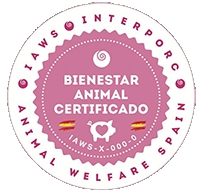
- Interporc Animal Welfare Spain (IAWS): this is a stamp fromthe Inter-Branch Agri-food Organisation for White Layer Pork (Interporc), whichguarantees the good practices in the entire value chain of the production ofpork meat.
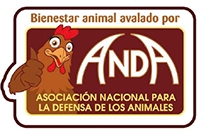
- ANDA: this stamp certifies that the production of environmentally friendly and free-range eggs meets the requirements of animal welfare legislation and, in addition, it goes a step further, seeking to improve the rural environment and development. This stamp has been created by the National Association for the Defence of Animals.
Furthermore, the Spanish meat sector is also working to create a common stamp, which serves as a basis for all livestock farms. Each sub-sector (lamb/mutton, pork goat, chicken, rabbit, etc.) is currently working on a new technical regulation adapted to its needs, which will then be pooled together to create the unified certification.
And, for its part, the National Association of Transporters of Live Animals is also working on certifying the quality and good practice of the professionals who transport live animals that are later placed on the food market.






